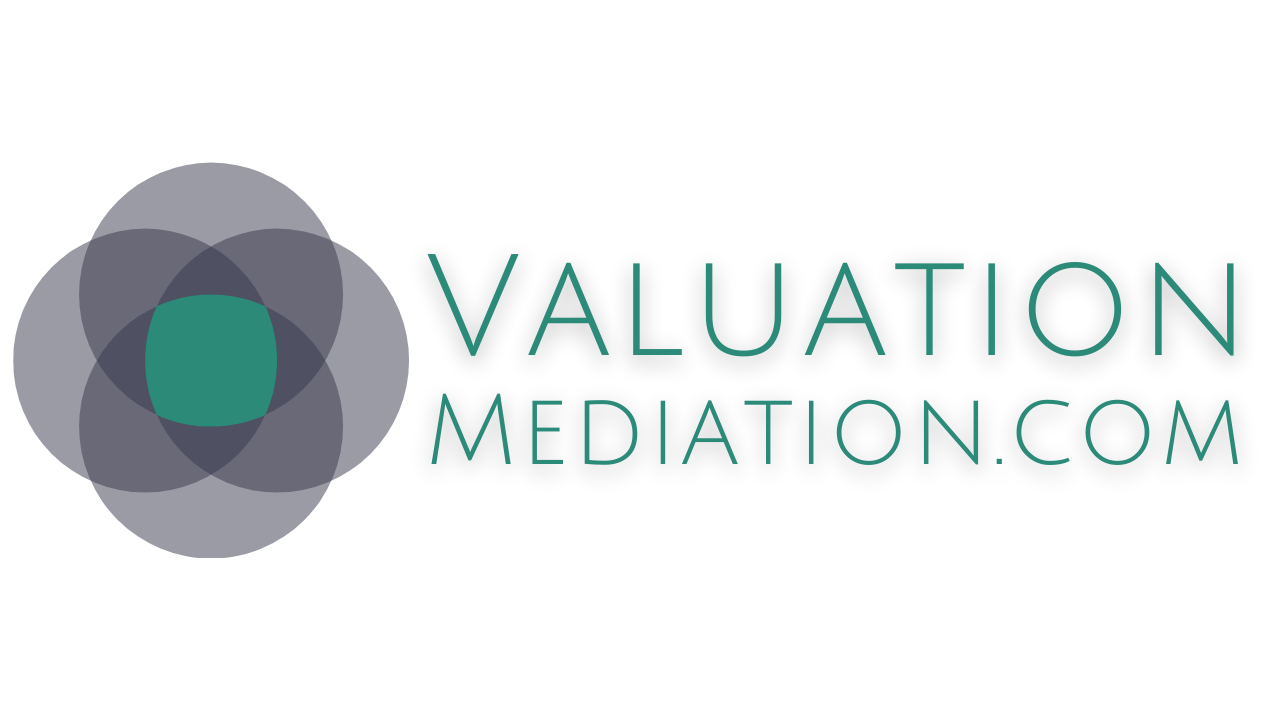Best Practices for Intellectual Property Valuation in Complex Case Analysis
Intellectual property valuation remains one of the most specialized and evolving areas within business valuation. Unlike traditional business assets, intellectual property relies heavily on forecasts, market assumptions, competitive analysis, and regulatory risk assessment. As industries innovate and technology accelerates, valuators are increasingly required to interpret intellectual property assets with a higher standard of analytical rigor.
Core Framework of IP Valuation
Most intellectual property valuations apply three generally accepted valuation methodologies: income, market, and cost/asset approaches. Each approach must be selectively applied based on asset maturity, industry relevance, and market feasibility.
Income-Based Valuation
Income-driven valuation models often rely on:
Royalty relief methodologies
Discounted cash flow modeling
Weighted risk adjustments
Market penetration estimates
Such assumptions must be supported, reasonable, and grounded in defensible research. Because projections are inherently uncertain, sensitivity modeling is commonly applied to establish valuation ranges rather than a single isolated estimate.
Market-Based Valuation
Comparable market analysis requires identifying similar assets, industries, licensing rates, and transactions. However, benchmarking challenges are common due to:
Confidential licensing agreements
Industry-specific market fragmentation
Limited public datasets
Therefore, databases, industry research, and credible external datasets are critical for defensibility.
Cost or Asset-Based Valuation
This approach quantifies the cost required to recreate the intellectual property, including:
Research and development investments
Patent filings and legal infrastructure
Prototype engineering
Regulatory pathways
This model is frequently relevant for early-stage, pre-revenue, or non-commercialized technology.
Complexity Factors in IP Valuation
Valuation outcomes may be significantly impacted by:
International patent protections
Legal enforceability
Industry adoption thresholds
Regulatory scrutiny (especially FDA or global equivalents)
Succession or dependency on key individuals
Stage of commercialization
These variables may lead valuators to apply adjustments or discounts reflecting operational risk, market uncertainty, and execution dependency.
Documentation and Defensibility
IP valuation requires extensive documentation, outlining:
Assumptions
Methodology selection
Limitations
Supporting analysis
Because valuation outcomes may be scrutinized by attorneys, investors, mediators, or courts, narrative justification is essential.
Professionals seeking mediation or valuation support involving intellectual property, technology, or specialized business assets can request guidance or services at ValuationMediation.com.
FAQs
1. Why is IP valuation more subjective than traditional business valuation?
Because projections rely on future technology adoption, revenue potential, licensing markets, and legal viability.
2. How long does a full IP valuation typically take?
Generally 30–90 days, depending on access to documentation and asset complexity.
3. Can valuation results include a range rather than a fixed number?
Yes. Ranges are common due to scenario variation and industry uncertainty.
4. What industries require IP valuation most frequently?
Medical devices, software, biotechnology, entertainment, and research-based technologies.
5. Do regulatory milestones impact valuation?
Yes. Progress in FDA or equivalent regulatory approvals significantly shifts risk and value.
